#gelderland horse
Explore tagged Tumblr posts
Text

Horse breed of the day: Gelderland
Height: 15-16 hh
Common coat colors: Chestnut, bay and black
Place of origin: Netherlands
#gelderland horse#horseblr#faves#did i mention its a fave? fave fave fave#also do u see the very light rabicano on the coat?#agh so pretty
78 notes
·
View notes
Text
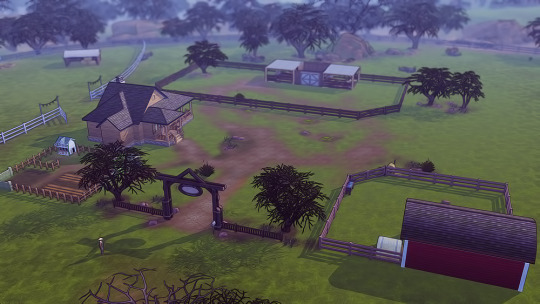



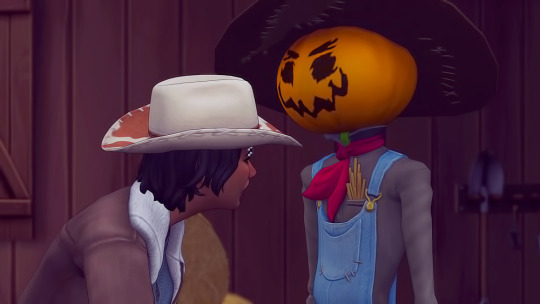


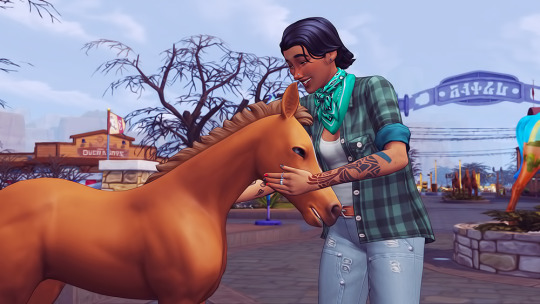
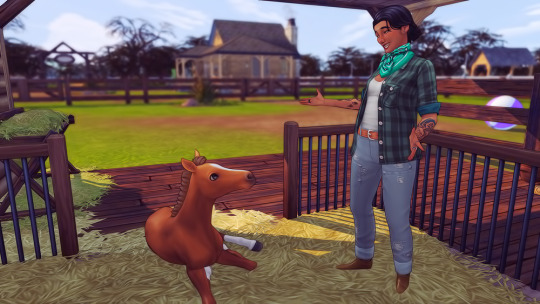
I wanted to play some Rags2Riches-style Ranch gameplay, but didn't feel like spending an hour or more making a new Sim, so I decided to go with a slightly edited version of Azure Keahi, who I originally made for the Jumping for Juniper Bachelorette Challenge. ¯\_(ツ)_/¯ Consider this an alternate universe!
Here's their new farm, optimistically named "Azure Dreams Ranch". A bit of flirting with their new neighbour Dani. They got a scarecrow to help them out with the garden, but Patchy turned out to be super mean, so I yeeted him. :\ Soon they were able to afford their first goat (appropriately named Goatzilla), and their first rescue horse, a fearful, aggressive, but intelligent Gelderlander filly named Moon Pie. :)
#TS4#S4#The Sims 4#Sims 4#TS4 Horse Ranch#TS4 Rags To Riches#Sim: Azure Keahi#TS4 Horses#TS4 Gameplay#TS4 Random Gameplay Screenshots#Azure Dreams Ranch
37 notes
·
View notes
Text
SAINT OF THE DAY (November 7)

St. Engelbert was born in Berg around the year 1185 to Engelbert, Count of Berg, and Margaret, daughter of the Count of Gelderland.
He studied at the cathedral school of Cologne.
While still a boy, he was made provost of the churches of St. George and St. Severin at Cologne and of St. Mary's at Aachen, as it was a common abuse in the Church at the time to appoint the children of nobles to such positions.
In 1199, he was elected provost of the cathedral at Cologne.
He led a worldly life. During a conflict between two Archbishops, Adolf and Bruno, he sided with his cousin Adolf and waged war for him.
Consequently, he was excommunicated by the Pope along with his cousin.
After his submission, he was reinstated in 1208. To atone for his sin, he joined the crusade against the Albigenses in 1212.
On 29 February 1216, the chapter of the cathedral elected him archbishop by a unanimous vote.
The mendicant orders of the Franciscans and the Dominicans settled in his realm while he was Archbishop.
He was well disposed towards the monasteries and insisted on strict religious observance in them.
Ecclesiastical affairs were regulated in provincial synods. He was considered a friend of the clergy and a helper of the poor.
Engelbert exerted a strong influence in the affairs of the empire.
Emperor Frederick II, who had taken up his residence permanently in Sicily, gave Germany to his son, Henry VII, then still a minor.
In 1221, he appointed Engelbert as guardian of the king and administrator of the empire.
When the young king reached the age of twelve, he was crowned at Aachen by Engelbert, who loved him as his own son and honoured him as his sovereign.
Engelbert watched over the young king's education and governed the empire in his name, careful to secure peace both within and without of the realm.
Engelbert's devotion to duty, and his obedience to the pope and to the emperor, were eventually the cause of his ruin.
Many of the nobility feared rather than loved him, and he was obliged to surround himself with bodyguards.
The greatest danger came from his relatives.
His cousin, Count Frederick of Isenberg, the secular administrator for the nuns of Essen, had grievously oppressed that abbey.
Honorius III and the emperor urged Engelbert to protect the nuns and their rights.
Frederick wished to forestall the archbishop, and his wife incited him to murder.
On 7 November 1225, as he was journeying from Soest to Schwelm to consecrate a church, Engelbert was attacked on a dark evening by Frederick and his associates, was wounded in the thigh, torn from his horse and killed.
His body was covered with forty-seven wounds. It was placed on a dung-cart and brought to Cologne four days later.
King Henry wept bitterly over the remains, put Frederick under the ban of the empire, and saw him broken on the wheel a year later at Cologne.
Frederick died contrite, having acknowledged and confessed his guilt.
Engelbert's body was placed in the old cathedral of Cologne on 24 February 1226 by Cardinal Conrad von Urach.
The latter also declared him a martyr, though a formal canonization did not take place.
In the martyrology, Engelbert is commemorated on November 7 as a martyr.
A convent for nuns was erected at the place of his death.
2 notes
·
View notes
Text

Driving Gelderlanders.
125 notes
·
View notes
Photo

really do love that not only does winter riders recycle pine hill itself from linda’s chapter of starshine legacy but the hole in the stone wall she sneaks through in the level as well implying i would never just continue to use the open front gate
#star stable the winter riders#i'm still chipping through this game!#featuring farpeak who is a sardinian who didn't win me a single medal!#i have a few more before i want to take on the final challenge#and now i've got a gelderlander named dustsnap#all of my star stable og horses get cool names from the generator i've been using
4 notes
·
View notes
Text


#art#crafts#horse#handmade#ooak#sculpture#stuffed toy#plush toy#pony art#chestnut horse#artists on tumblr#nature#wildlife#mustang#arabian#gelderland
5 notes
·
View notes
Text



Posbank - Gelderland
1 note
·
View note
Text

Etta 👑 Highland x Gelderlander
#nature#cute#horse#horses of tumblr#horsblr#native#highlands#highland#dun#mare#bay dun#scottish#gelderlander#gelderland#crossbreed#fingers crossed
1 note
·
View note
Video
Checking the green stuff what Mommy is eating by Joeke Pieters Via Flickr: 22 June 2014
#1160942#Panasonic DMC-FZ150#Fries#Friesian#paard#horse#veulen#foal#merrie#mare#Scholtenpad Woold#Woold#Winterswijk#Achterhoek#Gelderland#Nederland#Netherlands#Holland#nature#PlatinumHeartAward
30 notes
·
View notes
Photo

Gelderlander.
Prestige Italia Cup
Hamburger Derby 2019
(c) by me
#hamburger derby '19#prestige italia cup#horse#gelderlander#black horse#trot#carriage#carriage horse#equestrian#equine#equus#paard#pferd#rappe#gelderländer#trab#kutsche#kutschpferd#einspänner#my pic
10 notes
·
View notes
Text

Veluwe, Gelderland, Netherlands - by Eduardo
126 notes
·
View notes
Photo




Bazuin
Satelliet x Rijvona
Gelderlander, Stallion
16hh
Born 1983
#gelderlander#gelderlander stallion#stallion#chestnut#chestnut horse#dressage#dressage horse#rare breed
55 notes
·
View notes
Text
SAINT OF THE DAY (November 7)

St. Engelbert was born in Berg around the year 1185 to Engelbert, Count of Berg, and Margaret, daughter of the Count of Gelderland.
He studied at the cathedral school of Cologne.
While still a boy, he was made provost of the churches of St. George and St. Severin at Cologne, and of St. Mary's at Aachen, as it was a common abuse in the Church at the time to appoint the children of nobles to such positions.
In 1199, he was elected provost of the cathedral at Cologne. He also led a worldly life.
In the conflict between two archbishops, Adolf and Bruno, he sided with his cousin Adolf and waged war for him.
Consequently, he was excommunicated by the pope along with his cousin. After his submission, he was reinstated in 1208.
To atone for his sin, he joined the crusade against the Albigenses in 1212.
On 29 February 1216, the chapter of the cathedral elected him archbishop by a unanimous vote.
The mendicant orders of the Franciscans and the Dominicans settled in his realm while he was Archbishop.
He was well disposed towards the monasteries and insisted on strict religious observance in them.
Ecclesiastical affairs were regulated in provincial synods. He was considered a friend of the clergy and a helper of the poor.
Engelbert exerted a strong influence in the affairs of the empire.
Emperor Frederick II, who had taken up his residence permanently in Sicily, gave Germany to his son Henry VII, then still a minor.
In 1221, he appointed Engelbert as guardian of the king and administrator of the empire.
When the young king reached the age of twelve, he was crowned at Aachen by Engelbert, who loved him as his own son and honoured him as his sovereign.
Engelbert watched over the young king's education and governed the empire in his name, careful to secure peace both within and without of the realm.
Engelbert's devotion to duty and his obedience to the pope and to the emperor were eventually the cause of his ruin.
Many of the nobility feared rather than loved him, and he was obliged to surround himself with bodyguards. The greatest danger came from his relatives.
His cousin, Count Frederick of Isenberg, the secular administrator for the nuns of Essen, had grievously oppressed that abbey.
Honorius III and the emperor urged Engelbert to protect the nuns and their rights.
Frederick wished to forestall the archbishop, and his wife incited him to murder.
On 7 November 1225, as he was journeying from Soest to Schwelm to consecrate a church, Engelbert was attacked on a dark evening by Frederick and his associates.
He was wounded in the thigh, torn from his horse, and killed. His body was covered with forty-seven wounds.
It was placed on a dung-cart and brought to Cologne four days later.
King Henry wept bitterly over the remains, put Frederick under the ban of the empire, and saw him broken on the wheel a year later at Cologne.
Frederick died contrite, having acknowledged and confessed his guilt.
Engelbert's body was placed in the old cathedral of Cologne on 24 February 1226 by Cardinal Conrad von Urach.
The latter also declared him a martyr, though a formal canonization did not take place.
In the martyrology, Engelbert is commemorated on November 7 as a martyr. A convent for nuns was erected at the place of his death.
4 notes
·
View notes
Photo
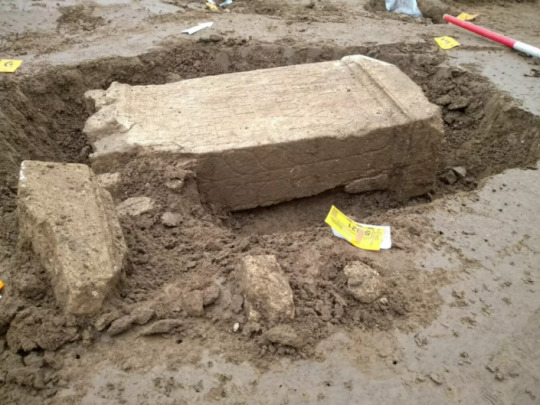

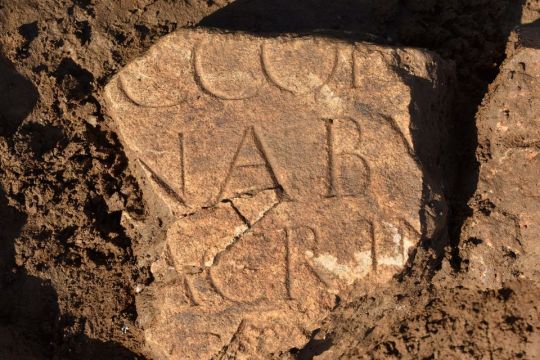
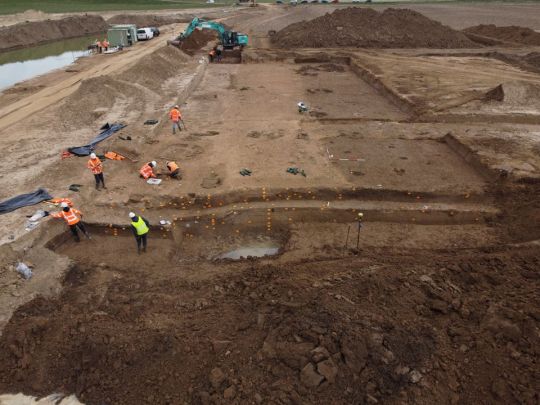
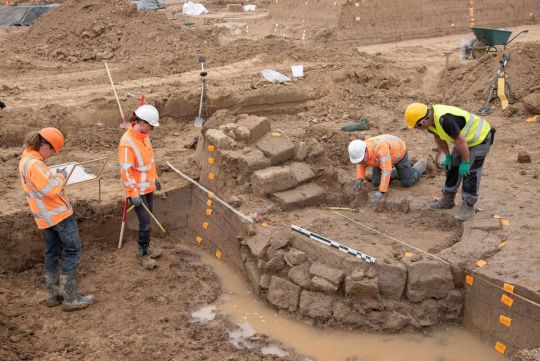



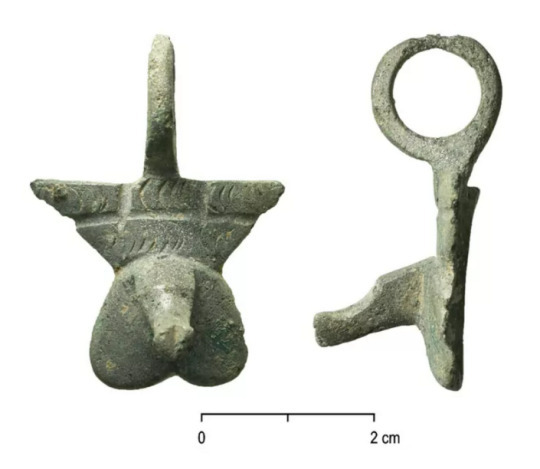
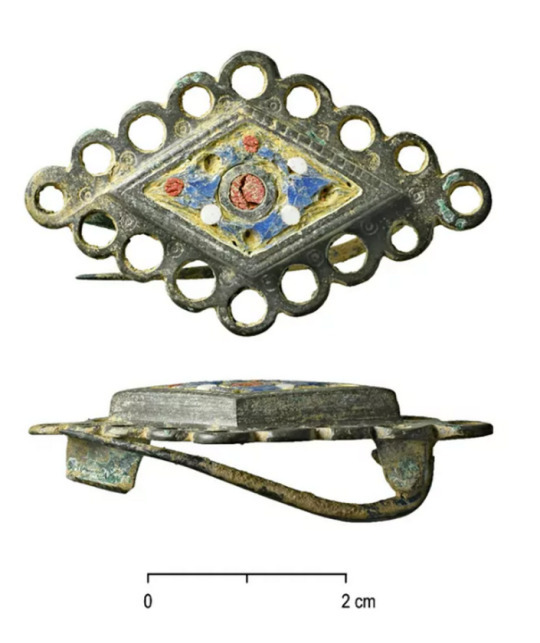
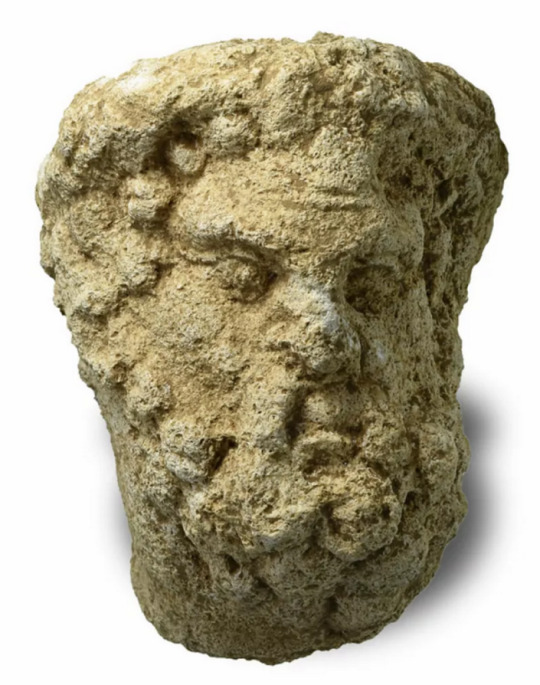
Newly Uncovered Roman Sanctuary Showing Life in Netherlands 1,700 Years Ago
Centuries ago, a bustling village in northern Europe with a massive sanctuary complex was the place to be for important Roman soldiers. The hustle and bustle has faded, but remnants of this vibrant ancient life are still visible, archaeologists in the Netherlands have found.
Archaeologists uncovered the nearly complete sanctuary complex in Gelderland, RAAP Archaeology said in a news release. The site, named the Herwen-Hemeling Sanctuary, is the most complete Roman complex found in the Netherlands.
The ruins of several beautifully painted temples dedicated to different gods and goddesses have been found, experts said. Roman soldiers used these temples from the first century to fourth century to place stone altars for various deities as a sign of gratitude.
Many of these stone altars had inscriptions, photos show. Piecing together fragmented altars and translating the inscriptions, researchers learned that stones had been dedicated to Hercules Magusanus, Jupiter-Serapis and Mercury, the release said.
Hercules Magusanus is a god connected to the Roman deity Hercules and a German deity of Magusanus, Marie-Louise Genèvrier wrote in a study from 1984.
Excavations of the sanctuary complex have revealed even more finds than originally expected, Broadcasting Gelderland reported on Wednesday, Dec. 21. About 80,000 artifacts have been found, archaeologist Eric Norde of RAAP Archeology told the outlet.
Archaeologists found a stone staircase leading down to a large stone well, photos show. Remnants of large sacrificial fires were also found, experts said.
Researchers also uncovered an unprecedented number of limestone sculpture fragments. Photos show one such fragment, the head of a sculpture.
Sanctuary excavations also unearthed horse harnesses, hangers for harnesses, armor pieces, and spear and lance points, the release said. Other finds included a cloak pin, jewelry, coins and 13,000 fragments of roof tiles — some with dog and pig paw prints, Broadcasting Gelderland reported and the organization said on Facebook.
Together, the complex has given archaeologists a glimpse into daily life at the 1,700-year-old Roman sanctuary.
Documenting and studying all the artifacts found at the Herwen-Hemeling Sanctuary is expected to take three to four years, Norde said.
The sanctuary was excavated during spring and summer 2022. Archaeologists began sharing their findings on social media in December and plan to continue doing so for the next two years. Follow along on Facebook, Instagram and LinkedIn.
Herwen is in the province of Gelderland, on the Netherlands-Germany border, and about 70 miles southwest of Amsterdam.
By Aspen Pflughoeft.
#Newly Uncovered Roman Sanctuary Showing Life in Netherlands 1700 Years Ago#Gelderland#Herwen-Hemeling Sanctuary#archeology#archeolgst#ancient artifacts#history#history news#ancient history#ancient culture#ancient civilizations#roman history#roman empire
21 notes
·
View notes
Photo







Jan Bakhuizen
This post is about the experiences of Jan Bakhuizen, my fourth great grandfather. Jan was born on 9th december 1790 in Zaltbommel, Gelderland as a child of Hendrik Bakhuizen and Hendrijntje Hanegraaf. I have found the document stating his birth but sadly I do not know a thing about his childhood. Jan Bakhuizen was 1,62 meters tall, slightly shorter than average for the time period, and had blond hair and blue eyes.
Like so many other young Dutch men of his time, Jan got dragged in the Napoleonic wars but in his case not through conscription. Jan was barely an adult when he volunteered, becoming a Dutch hussar serving under king Louis Bonaparte. It didn't take very long before he saw his first combat action. During the same year that Jan joined the army, 1809, Jan was deployed to Walcheren to repell the English who attempted their second invasion into the low countries.
The British deployed 40,000 soldiers, 15,000 horses, field artillery and two siege trains which arrived at Walcheren on 30th july. Even though this was a large British expedition, surprisingly little fighting was done between the French/Dutch and the British. Thankfully, for the Dutch and French at least, the British got struck with the 'Walcheren fever', probably malaria, which cost the lives of over 4,000 British soldiers. To put in comparison, only 106 died in combat. The campaign eventually ended in failure for the British and Jan Bakhuizen managed to remain unscathed.
In 1810, Napoleon annexed the kingdom of Holland, which now became part of the French empire. Not only did the country itself change, some military units transformed as well. Jan Bakhuizen's hussar regiment was turned into a completely new unit: 2e régiment de chevau-légers lanciers de la Gard Impériale or better known as the red lancers. Their uniforms changed drastically, they wore scarlet red uniforms, received new weapons and a new commander, Colonel Edouard Colbert. The regiment was then included in the prestigious old guard, the elite corps of Napoleon, basically an army inside an army made up of the most skilled soldiers.
On 31th july, the men of the red lancers were ordered to travel to Paris to join the other royal guards. Before they left for France, they were inspected by marshall Oudinot in Amsterdam. On the place d'armes near the Versailles they listened to a speech given by French officers of other imperial guard regiments. After this speech, they were invited to join the officers for a feast in order to fraternize with the French units. On the 23th of september in the same year, the unit was inspected by Napoleon himself in the courtyard of the Tuileries, 895 men were present during this inspection, (including Jan Bakhuizen) the unit itself consisted of 1,038 men. During the end of September of the following year, 1811, Napoleon Bonaparte visited the Netherlands, some of the Dutch lancers, like my ancestor Jan, acted as Napoleon's personal bodyguard while he toured through the country.
During the winter of 1811, the red lancers took part in ceremonies and parades around Paris and Versailles which lasted two weeks. Many of the officers in the regiment took this time to enjoy the sights of Paris such as the theaters and monuments. Several French officers joined the regiment as well in order to really engrain French influence and culture inside the mostly Dutch regiment. The regiment was expanded the following year to five squadrons with men from French regiments and from a Dutch hussar regiment that served in Spain. There was a big reason for the expansion, the biggest ever campaign in military history until 1812, the infamous Russia campaign.
Unfortunately my ancestor, Jan Bakhuizen, didn't write any of his experiences down during the 1812 campaign (and even if he did, his words got lost) so I have used the experiences of his regiment to reconstruct his journey to Russia. The regiment left France in February 1812 and arrived in the Netherlands in March. Many of the Dutch men took advantage of this opportunity to visit their family members and for almost all of them, it was also the very last time that they would ever see their families. On 14th of June they arrived at Königsberg, most of them men still did not know the destination of their march. The regiment was also tasked with finding translators and guides for Napoleon.
After crossing the rivier Niemen on 24th of june, the regiment was ordered to march towards Vilna and catch up with Murat's cavalry to provide cover to his right flank. The lancers marched through Russia with success, they defeated several Russian units and captured settlements but it came with a human price. At the start of the campaign around 1127 men were marching but by the time they reached Smolensk, only 700 of them were fit enough to parttake in battle. The other 500 were either dead, captured or sick inside a hospital.
On 7th of September the red lancers witnessed the battle of Borodino although they did not have an active part in it. Two days later the regiment was on the march again towards Moscow but on the 17th of September, an unfortunate accident took place. One of the lancers was killed after colliding with a group of Kozaks. The next day, 12 more lancers died after falling in a trap near Borovsk but the rest of the regiment managed to reach Moscow. On 11th of October, only 556 were still fit enough to fight.
One week later, the red lancers got the order to retreat from Moscow. Napoleon ordered all wagons and equipment between Moscow and the river Desna to be destroyed, the red lancers guarded the banks of the Desna river, providing safe passage to the rest of the imperial army. After the army passed the bridge, the lancers crossed the bridge themselves and set it on fire to prevent the Russians from chasing them.
On the 25th of October, the Dutch and Polish lancers faced a regiment of Russian Kozaks which resulted in a skirmish which lasted for several hours. The lancers managed to drive off the Kozaks but they lost 4 officers and 24 men during the skirmish. After this battle, it began to snow and the infamous Russian cold struck the army without mercy. They managed to reach Smolensk where they got 130 reinforcements. The red lancers now only had 330 fit men of which only 130 still had a horse, the others were killed by the cold or captured/killed by the Russians.
Then the most horrible part of the Russian campaign occured, the crossing of the Berezina river. While several other family members of mine died during this crossing, Jan Bakhuizen simply vanished and was reported by the French as 'missing in action'. This usually means that the person in question had either been killed, captured or deserted. Initially I thought that Jan, like the others, didn't survive the Russian campaign but the child that would become another ancestor of mine wasn't born until 1814 so he must have made it out of Russia alive. In fact, Jan Bakhuizen died in 1845 back in his old home town after fathering a few more children. It is therefore very likely that Jan deserted the army and with an incredible amount of luck, made it back home to be reunited with his family, without this decision, I wouldn't be alive and able to write this.
Of all the red lancers that left for Russia, only 20 officers and 40 cavalry men survived the entire ordeal, the fact that my ancestor managed to reach home again is quite amazing and the thought that my entire existence depends on this extreme hardship is stunning.
Here are images of: Birth paper of Jan Bakhuizen, Jan Bakhuizen's military record, Napoleon inspecting the red lancers, Red Lancers near the Versailles, Red lancer at the Berezina crossing, Portrait of a red lancer,
39 notes
·
View notes
Text
Norman cob
Norman cobs are mid-sized horses with conformation of a robust Thoroughbred - they have a square overall profile and a short strong back. The head is well-proportioned, with small ears and a straight or convex facial profile. These horses have thick and muscular necks, deep chests, pronounced withers and broad shoulders and strong hindquarters (not as much as in other draft breeds, though). The legs are short and strong, with a thick bone. Traditionally, the tail was docked, until 1996, when the practice became illegal in France. Norman cobs have a lively trot with long strides, which was achieved via selective breeding. Norman cobs stand between 155-168 cm.
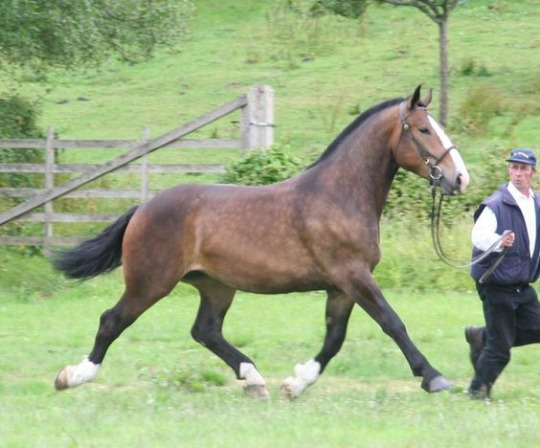
Now something about coat colors. Norman cobs are usually chestnut or bay, or seal brown (in the breed registry, it's called black pangaré, however, genetically, these animals are brown, not with pangaré markings). Bay with white markings are the most popular.
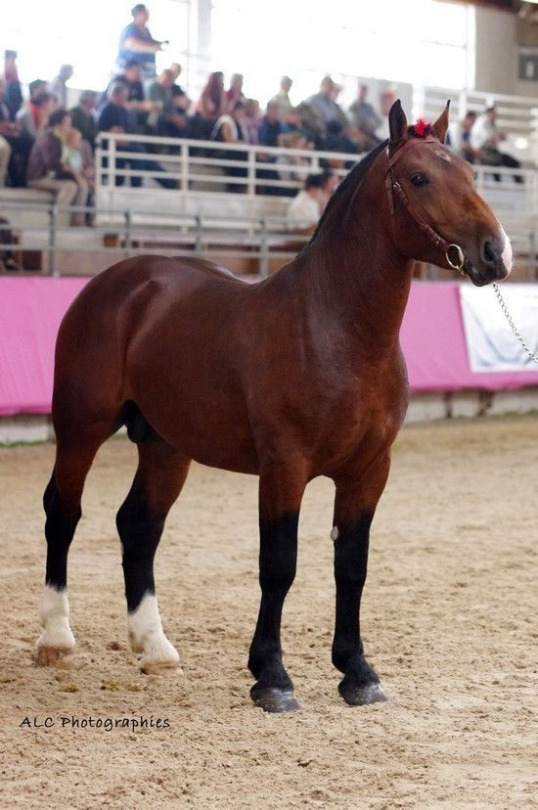
Norman cobs come from the Normandy region in France. Their ancestors were small horses that lived in Normandy - bidets. These were bred by Romans to draft mares to produce war horses good both for pulling and riding. Over the centuries, blood of other breeds was added - Arabians and Barbs, but also Gelderlands, Norfolk trotters and others. Because of Thoroughbred ancestry, Norman cobs are energic and athletic and they mature sooner than other draft horses. In the 18th century, there were two studs founded - Le Pin and Saint Lo.
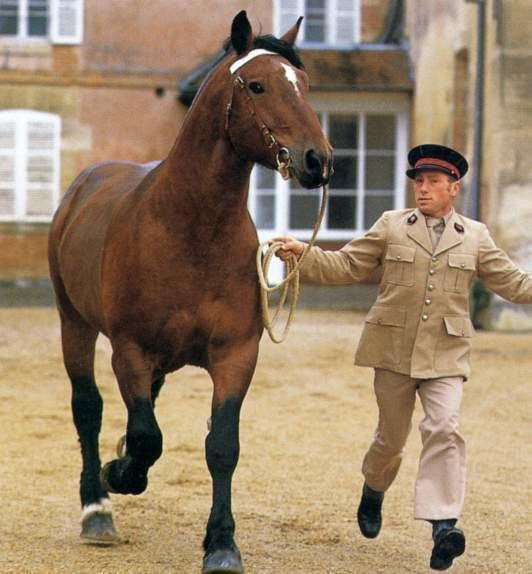
This multi-purpose breed is calm, willing and hardworking, and very durable. Cobs show great endurance when ridden and are very hardy. They can be used for most equestrian disciplines and they are particularly well-suited for vaulting.
#horseblr#animals#biology#cute#horseriding#equine#equestrian#horses of tumblr#horse#riding#equeuestrian#draft horse#horse breeds#bay horse
12 notes
·
View notes